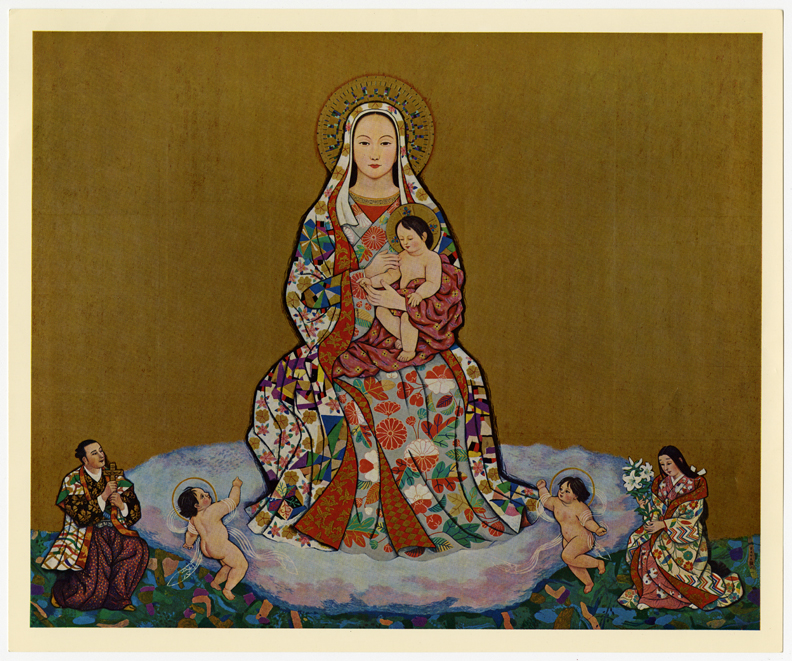Once again Ontarians are being bombarded with messages from all sides about important issues in the upcoming provincial election. With the rise of different forms of media, campaigns have reached new heights of vying for our attention, and the constant noise can feel overwhelming.
Here in the archives, we found that fervent lobbying efforts are nothing new. People of the past were just as passionate about the issues that affected them, and they wanted to make sure that the voters were on their side.
In the 1870s, one group didn't want anyone to vote for the incumbent Premier Oliver Mowat, who they claimed insulted Catholics:
 |
To The Catholic Electors of South Ontario!
[1875]
LTA01.23
Archbishop Lynch Fonds |
In 1934, the Catholic Taxpayers' Association wrote to the heads of colleges, convents, and hospitals to ask them to vote for the Liberal party because they believed the Conservative party was dominated by the Orange Order:
 |
"Experience has shown that it is futile to depend upon the Conservative party, dominated, as it is just now by the Orange Order, and that we must pursue relentlessly our policy to vote against any Government that has failed in rendering justice to us."
June 13, 1934
MN AE11.07
Archbishop McNeil Fonds |
Cardinal McGuigan sent word specifically to the people of Trinity riding asking them to vote to defeat the local Communist candidate:
 |
"His Eminence the Cardinal has asked me to tell you that he wishes you to make a good announcement at the Masses on Sunday next urging the people who live in Trinity riding to exercise their franchise in the by-election..."
November 4, 1954
MG PO08.26a
Cardinal McGuigan Fonds |
Archbishop McNeil saved a circular released by the Knights of the Ku Klux Klan of Canada that asked the electors of New Brunswick not to vote for Catholics, as they were considered 'Romans':
 |
"Be not forgetful of that binding oath you took 'neath the Fiery Cross, wherein you swore to pledge your life, vote, and sacred honour, to protect the Constitutional rights and privileges of our Country and keep it free from all Foreign domination."
[1935]
MN AS12.89
Archbishop McNeil Fonds |
Making sense of the rhetoric coming from all sides wasn't easy, but the Bishops of Toronto reminded Catholics that it was important to make their voices heard. Pastors were instructed not to publicly take a particular side, but to encourage their parishioners to take advantage of their right to vote.
 |
"Catholics your religion and the religious education of your children are both attacked. You are bound in conscience to protect both. The battle is to [be] fought at the polls. Those who do not go, fail in their duty to themselves and their children."
December 22, 1886
L AA13.17
Archbishop Lynch Fonds |
 |
"People who have the right to vote should vote, and vote conscientiously. It is not a matter to be treated lightly."
[1934]
MN AS12.90
Archbishop McNeil Fonds
|
The Church continues to encourage Catholics to learn about the issues and participate in our democracy. To help make sense of what the candidates are saying, Catholic Charities of the Archdiocese of Toronto has released a 2018 Ontario Election Guide, as well as a list of questions to ask.
Check them out, and stand up on June 7 to make your voice heard!

























